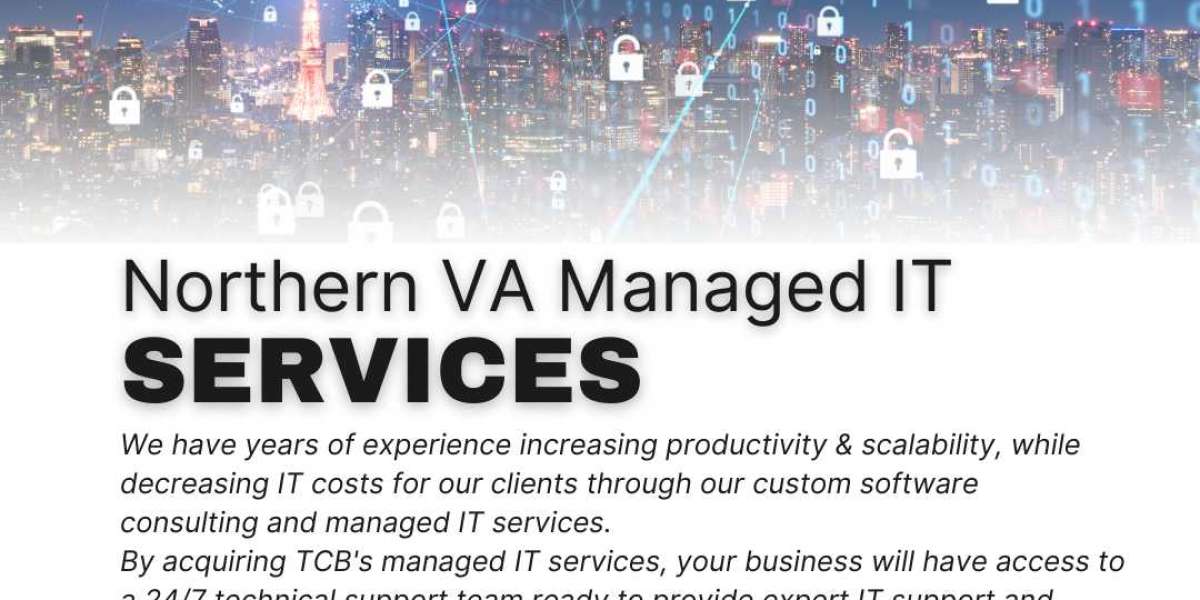Understanding Continuous Monitoring
Continuous monitoring involves the real-time or near-real-time observation and analysis of an organization's information systems to detect, assess, and respond to security threats and vulnerabilities. Unlike traditional periodic assessments, continuous monitoring provides ongoing oversight, enabling organizations to quickly identify and mitigate security issues before they escalate into significant breaches.
The continuous monitoring process typically includes the following activities:
- Asset Inventory and Management: Keeping a comprehensive and up-to-date inventory of all information assets, including hardware, software, and data.
- Vulnerability Scanning: Regularly scanning systems for known vulnerabilities and weaknesses that could be exploited by attackers.
- Security Event Monitoring: Using tools like Security Information and Event Management (SIEM) systems to collect and analyze logs from various sources, detecting unusual or suspicious activities.
- Configuration Management: Ensuring that systems are configured securely and maintaining compliance with security baselines.
- Patch Management: Timely application of security patches and updates to software and systems.
- Incident Response: Establishing procedures for responding to security incidents promptly and effectively.
The Importance of Continuous Monitoring in FISMA Compliance
Continuous monitoring is integral to FISMA compliance for several reasons:
- Real-Time Risk Management: Continuous monitoring allows organizations to manage risks in real-time. By continuously assessing the security posture of their systems, organizations can promptly address emerging threats, reducing the window of opportunity for attackers.
- Proactive Threat Detection: With continuous monitoring, organizations can detect potential security incidents early, often before they cause significant harm. This proactive approach helps in minimizing the impact of security breaches.
- Regulatory Requirement: FISMA mandates federal agencies to implement continuous monitoring as part of their information security programs. Failure to comply can result in penalties, loss of funding, and damage to the organization's reputation.
- Enhanced Incident Response: Continuous monitoring provides valuable data that can be used to improve incident response efforts. By analyzing security events and incidents in real-time, organizations can develop more effective strategies for mitigating future threats.
- Improved Accountability and Transparency: Continuous monitoring helps organizations maintain accountability and transparency in their security practices. It ensures that security controls are functioning as intended and that any deviations are promptly addressed.
- Cost-Effective Security Management: While the initial investment in continuous monitoring tools and processes may be significant, the long-term benefits far outweigh the costs. By preventing costly security breaches and minimizing downtime, continuous monitoring contributes to more efficient and cost-effective security management.
Implementing Continuous Monitoring for FISMA Compliance
To effectively implement continuous monitoring for FISMA compliance, organizations should follow a structured approach:
- Define Monitoring Objectives: Clearly define the objectives of the continuous monitoring program. Identify the critical assets, data, and systems that need to be monitored and establish the key metrics and indicators to be tracked.
- Select Appropriate Tools: Choose the right tools and technologies that align with the organization's monitoring objectives. SIEM systems, vulnerability scanners, and configuration management tools are commonly used in continuous monitoring programs.
- Establish Baselines: Develop security baselines and benchmarks against which the monitored data will be compared. Baselines help in identifying deviations and anomalies that could indicate potential security issues.
- Automate Processes: Automation plays a crucial role in continuous monitoring. Automate data collection, analysis, and reporting to ensure that the monitoring process is efficient and consistent.
- Integrate with Existing Security Programs: Integrate continuous monitoring with the organization's overall security program. Ensure that it complements other security initiatives and aligns with the organization's risk management strategy.
- Train Personnel: Provide training to personnel responsible for continuous monitoring. Ensure they understand the tools, processes, and objectives of the monitoring program.
- Regular Review and Improvement: Continuously review and improve the monitoring program. Regularly assess its effectiveness, update monitoring strategies based on evolving threats, and incorporate lessons learned from security incidents.
Challenges and Best Practices
Implementing continuous monitoring comes with its challenges. Organizations may face issues such as data overload, integration difficulties, and resource constraints. To overcome these challenges, consider the following best practices:
- Prioritize Critical Assets: Focus monitoring efforts on the most critical assets and systems. Prioritizing helps in managing resources effectively and ensures that the most valuable data is protected.
- Leverage Threat Intelligence: Incorporate threat intelligence into the continuous monitoring program to stay informed about the latest threats and vulnerabilities.
- Establish Clear Communication Channels: Ensure clear communication between the monitoring team and other stakeholders, including management and IT personnel. Effective communication helps in prompt decision-making and response.
- Regularly Update Monitoring Tools: Keep monitoring tools and technologies up-to-date. Regular updates ensure that the tools can effectively detect and respond to the latest threats.
Conclusion
Continuous monitoring is a fundamental aspect of FISMA compliance, providing organizations with the ability to maintain a robust security posture in an ever-changing threat landscape. By implementing a comprehensive continuous monitoring program, organizations can proactively manage risks, detect and respond to threats in real-time, and ensure compliance with FISMA requirements. As cyber threats continue to evolve, continuous monitoring will remain an essential practice for safeguarding federal information systems and maintaining the trust of stakeholders.








